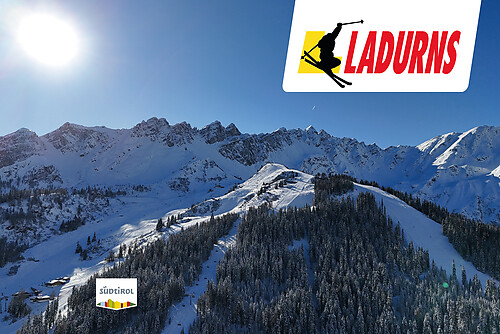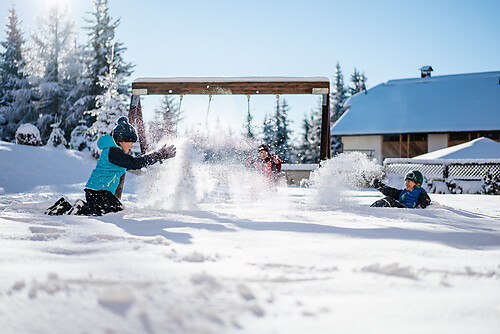Vanskelighetsgrad: T1
Leaving behind the Roman and medieval remains of Susa, from the railway station continue toward Urbiano, a hamlet of Mompantero: an ancient settlement testified by the remains of a Roman aqueduct, known...
Leaving behind the Roman and medieval remains of Susa, from the railway station continue toward Urbiano, a hamlet of Mompantero: an ancient settlement testified by the remains of a Roman aqueduct, known for the folk rite of January 31st called Fora l’Ours!, during which the imminent end of winter is celebrated with a performance of capturing the bear awakened from hibernation.
The route continues towards San Giuliano and Chiodo, hamlets of Susa, passing farmhouses and cultivated meadows, until reaching the first houses of Foresto (Municipality of Bussoleno) and the Chapel of Madonna delle Grazie, whose fresco cycle about the life of the Virgin is attributed to the Toulousian Anthoyne de Lhonye, active in the Susa Valley around 1462. A short detour leads to the Nature Reserve of the Orrido di Foresto, an impressive gorge carved by the millennial passage of water: nearby remain the ruins of a mill and a lazaretto.
Passing on the right the seat of the Orsiera Rocciavrè Park, the Ancient Road of Foresto leads to Bussoleno.
The route on the left bank branches off from the main one continuing on corso Bruno Peirolo behind the railway station, then strada Chianocco, equipped with a sidewalk.

Frejus Motorway
www.sitaf.it
State road 24 and provincial road 25
Susa and Bussoleno are connected to Turin and Bardonecchia via the SFM3 railway line
www.trenitalia.it
T1
If you want to visit the historic center of Bussoleno, after passing the railway station – near which it is possible to visit the FERALP-Museum of Railway Transport through the Alps – continue up to the bridge over the Dora Riparia which leads into the medieval village, where the remains of the town walls, the entrance gate, and along the main street some houses that inspired D’Andrade for the Medieval Village of Turin are clearly visible: Palazzo Allais, Casa Amprimo, also known as Locanda della Croce Bianca, and Casa Aschieri. The parish church of Santa Maria Assunta (12th century), flanked by the Romanesque bell tower, contains Baroque wooden furnishings and interesting paintings by Morgari and Gentileschi, evidence of the 18th-century reconstruction by the architect from Lorena De Willencourt.
Populære turer i nabolaget
Ikke gå glipp av tilbud og inspirasjon til din neste ferie
E-postadressen din har blitt lagt til på adresselisten.








